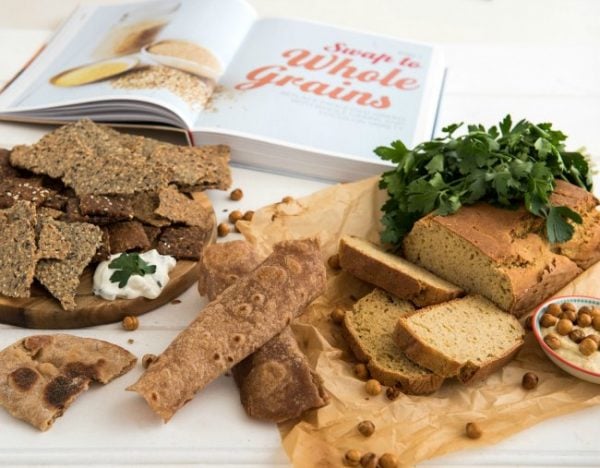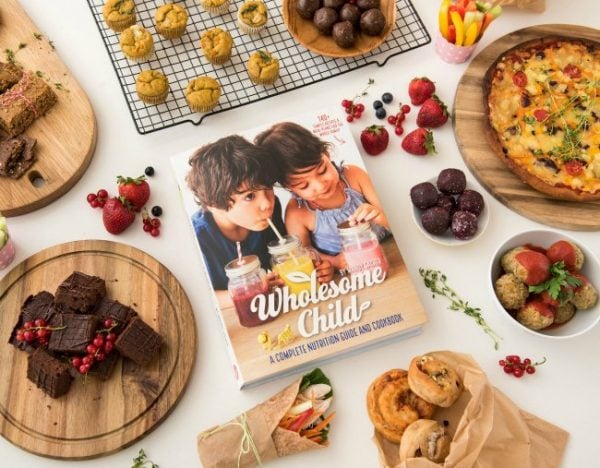I often get asked about snacks and practical ways that busy families can ensure that their pantry is healthy and nutritious. Children come home from school absolutely ravenous and because we’re often busy, we don’t always have something prepared and have to resort to convenience foods.
In many cases, these packaged convenience snacks can contain little nutritional value, low fibre, high sugar and can often can come loaded with artificial colours and preservatives.
Trying to juggle the nutrition element with the convenience factor can feel like an ongoing challenge for many families – especially for those with picky or fussy eaters. With a few simple swaps and some strategies in place, there are most definitely ways to overcome this issue and create a healthy pantry.



